Palmetto Bluff Real Estate Company Sales Office
Office Hours
Monday-Friday 9am - 5pm
Saturday 9am - 4pm
Sunday 12 - 4pm
Saturday 9am - 4pm
Sunday 12 - 4pm
Calm, graceful, reliable, wise, inspiring. While all of these words can be associated with someone in every person’s life, they are also associated with the color blue.
The 2020 Pantone color of the year, classic blue is a calming, familiar hue that instills comfort, confidence, and connection. And while it’s widely used in interior decorating – painting interior spaces blue is believed to stimulate the mind and increase productivity – this vibrant color isn’t as common in the natural world as you might think.
Sure, shades of blue can be found in a variety of natural features: the ocean, sky, gemstones, plants, and even a few animals. However, the majority of animals and plants that appear blue don’t actually contain the color. These organisms have developed some unique features that use the physics of light to create this beautiful color.
Today we’re focusing on birds that are adorned with blue and how their feathers are the reason for this almost optical illusion.
There are a variety of our feathered friends that have blue patterning. At Palmetto Bluff we see it in bluebirds, blue jays, buntings, swallows, and blue grosbeaks. Let us start with blue jays. When light hits their body, the structure of the feathers allows all color wavelengths to be absorbed except for blue, which is reflected back and gives them their blue appearance. However, if you were to hold a blue feather between you and a light source, the light transmits through the plume, and because it is not reflecting back to your eyes, it will look gray or brown.
Structural plumage is truly fascinating, but not every bird relies on it for flashy displays. The vibrant red of cardinals is based solely on pigment, whereas female painted buntings use a combination of blue feather structure and yellow pigment to create their lovely green coloration. Birds are one of the most vibrant groups of animals thanks to these two realms of color, and I encourage you to spend more time watching birds and consider what is influencing their vibrant plumage.
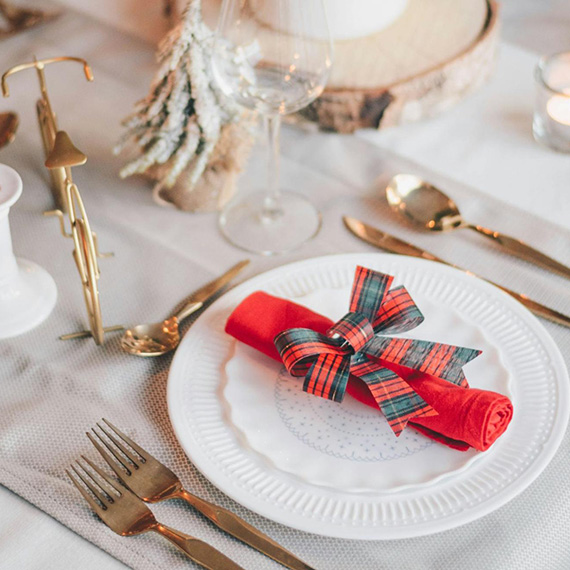
Warm, fragrant, and deeply comforting, Chef Beth’s Southern Sausage & Sage Stuffing is a holiday classic that brings together rich pork sausage, fresh herbs, and toasted bread for the ultimate savory side dish. Studded with green apples and aromatic vegeta...
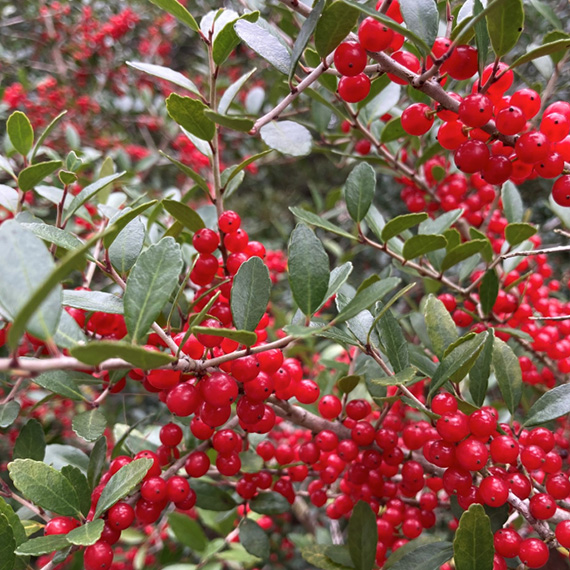
As December settles over Palmetto Bluff, it brings softer light, cooler mornings, and the natural beauty of native evergreens and winter berries that define the Lowcountry landscape. Palmetto Bluff Conservancy’s Education and Outreach Manager, Aaron Palmier...
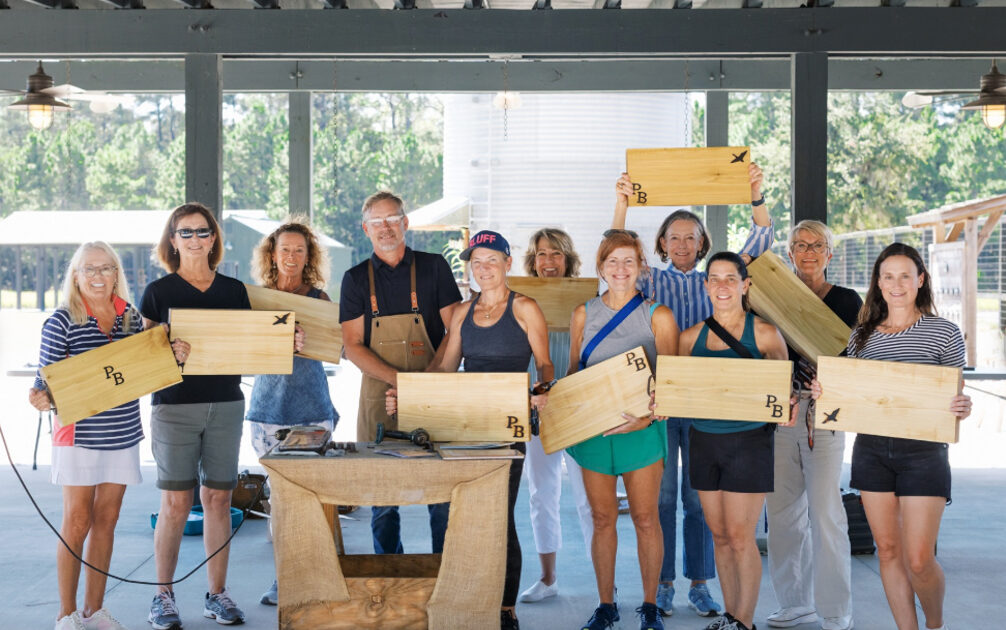
In 2025, Palmetto Bluff welcomed new neighbors and old friends, groundbreakings, and long-awaited openings. From inspired Club gatherings and elevated programming to the creation of our latest golf course, the year was defined by connection and excitement for ...
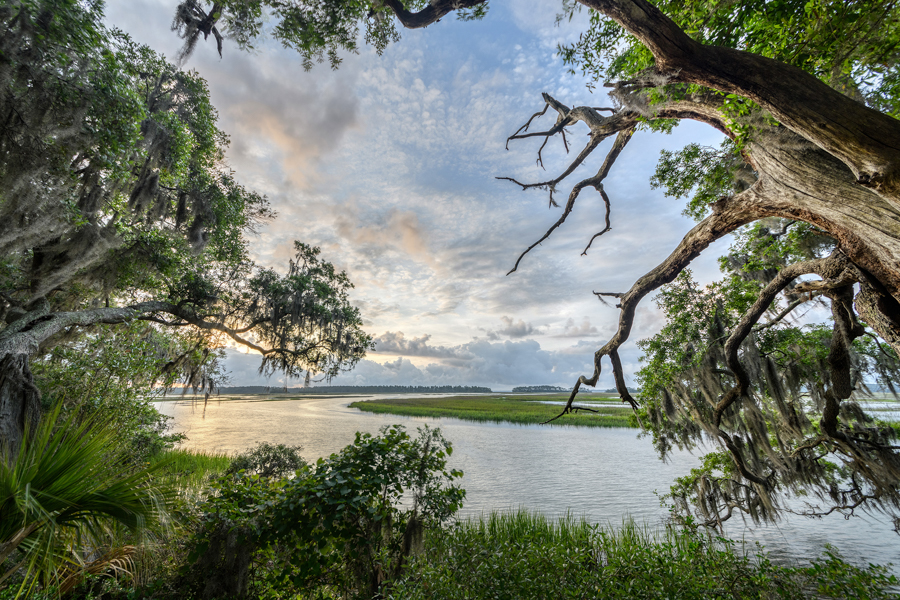
There is something serene about waking up to shimmering water, the stillness of the woods, or the sweep of marsh and sky right outside your window. Even without stepping outside, science shows that simply seeing nature from home can meaningfully improve mental...
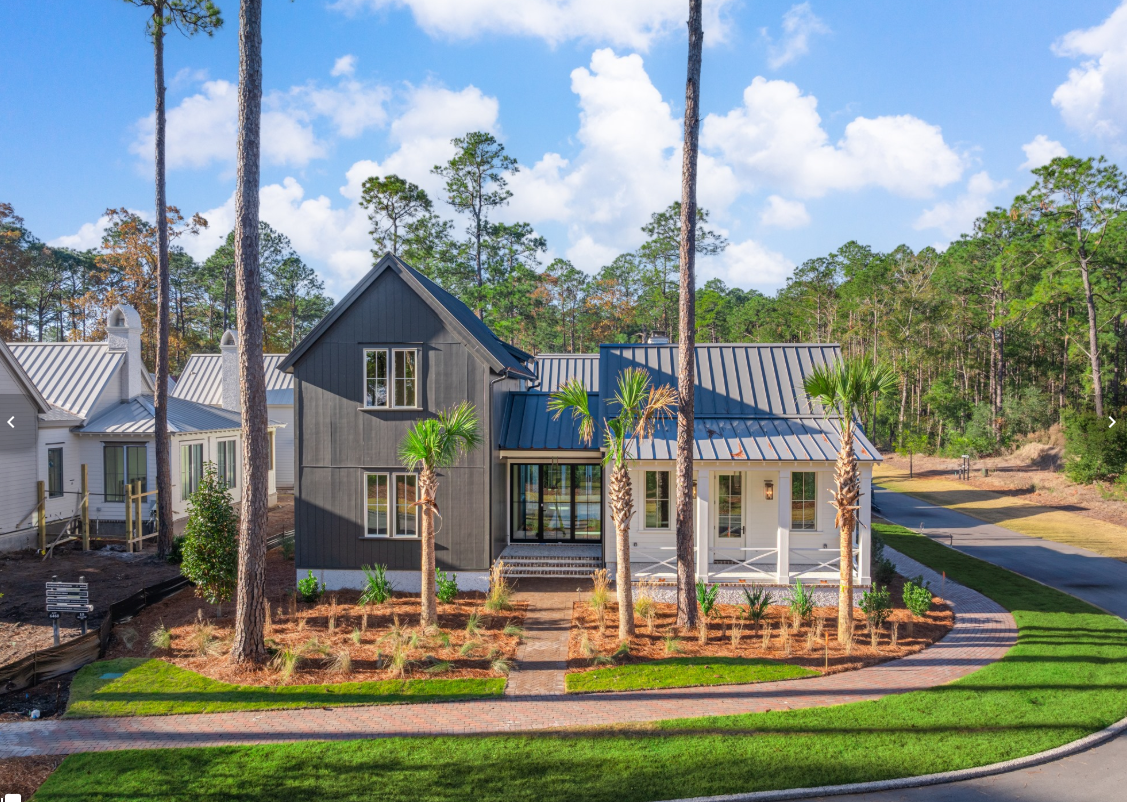
The Ultimate Choice: Building vs Buying a Home in Palmetto Bluff For those searching for Palmetto Bluff homes for sale, this common question often arises: Should you choose an existing residence, or embrace the opportunity to build your own? While a complet...
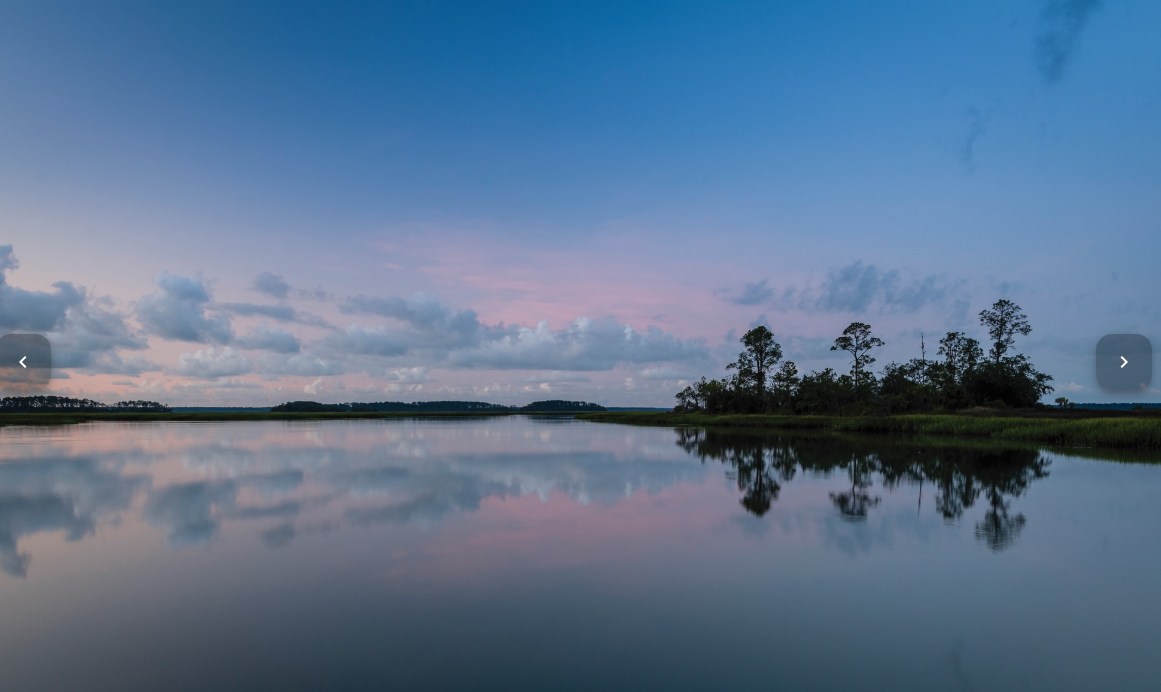
A Complete Guide to South Carolina Winter at Palmetto Bluff South Carolina's winter is unlike any other on the East Coast. While many travelers search for “South Carolina winter” expecting cooler temperatures and limited outdoor options, the Lowcountry revea...
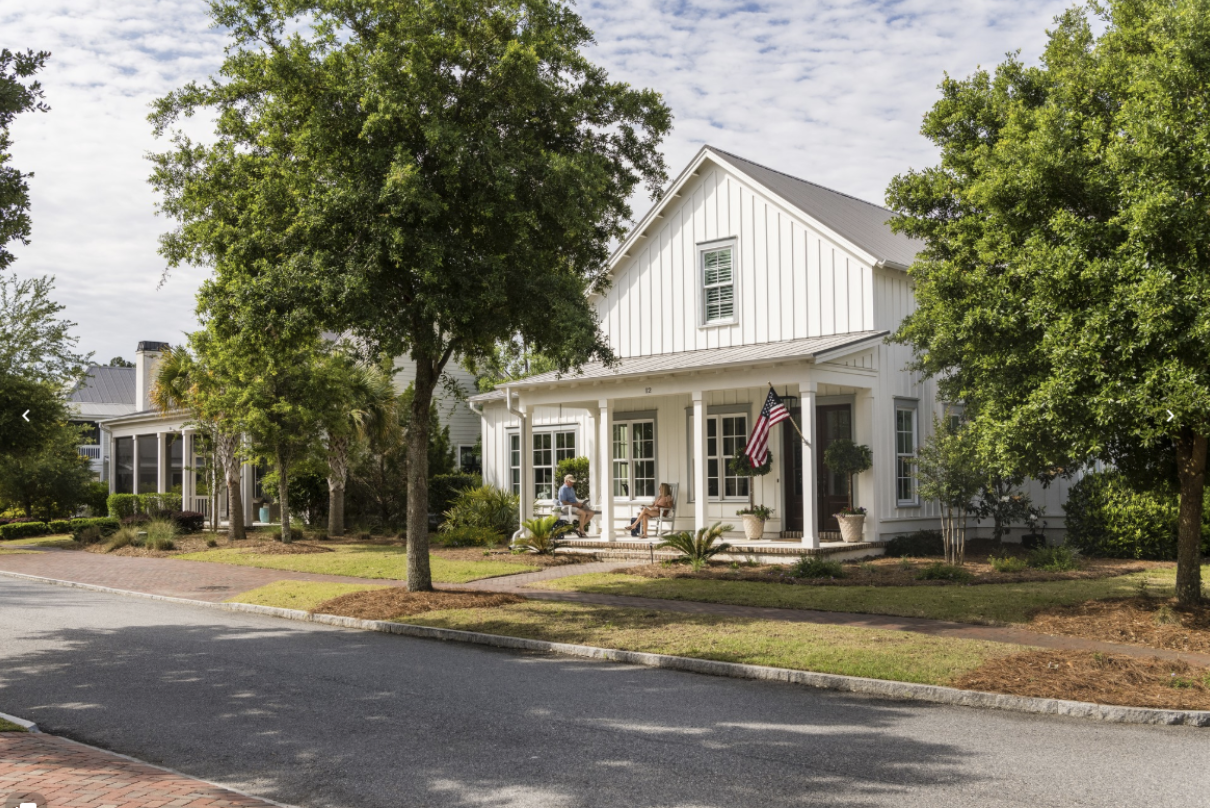
River Road: Where Lowcountry Beauty Meets Elevated Everyday Living Tucked gracefully between Wilson Village and Moreland Village, River Road is one of Palmetto Bluff’s most immersive communities. It's where the pace of life seems to soften, classic Southern ...
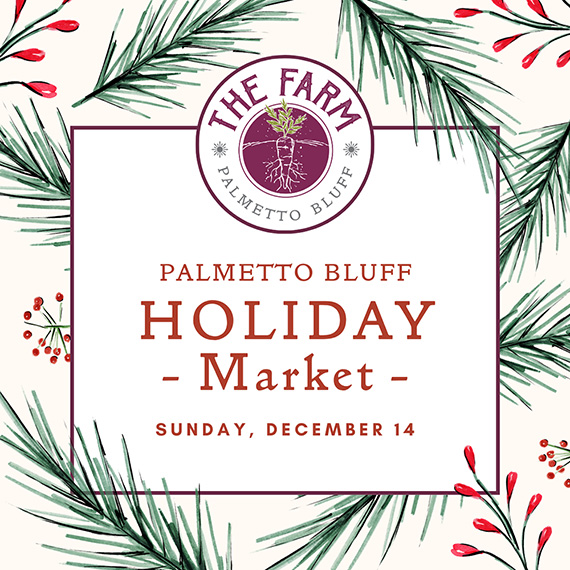
Sunday, December 14 | 9am to 1pmVillage GreenThe season’s most festive farmers market, the Holiday Farmers Market, comes to Wilson Village on Sunday, December 14, from 9am to 1pm. All are welcome to visit and experience the magic of holidays at the Bluff. The ...
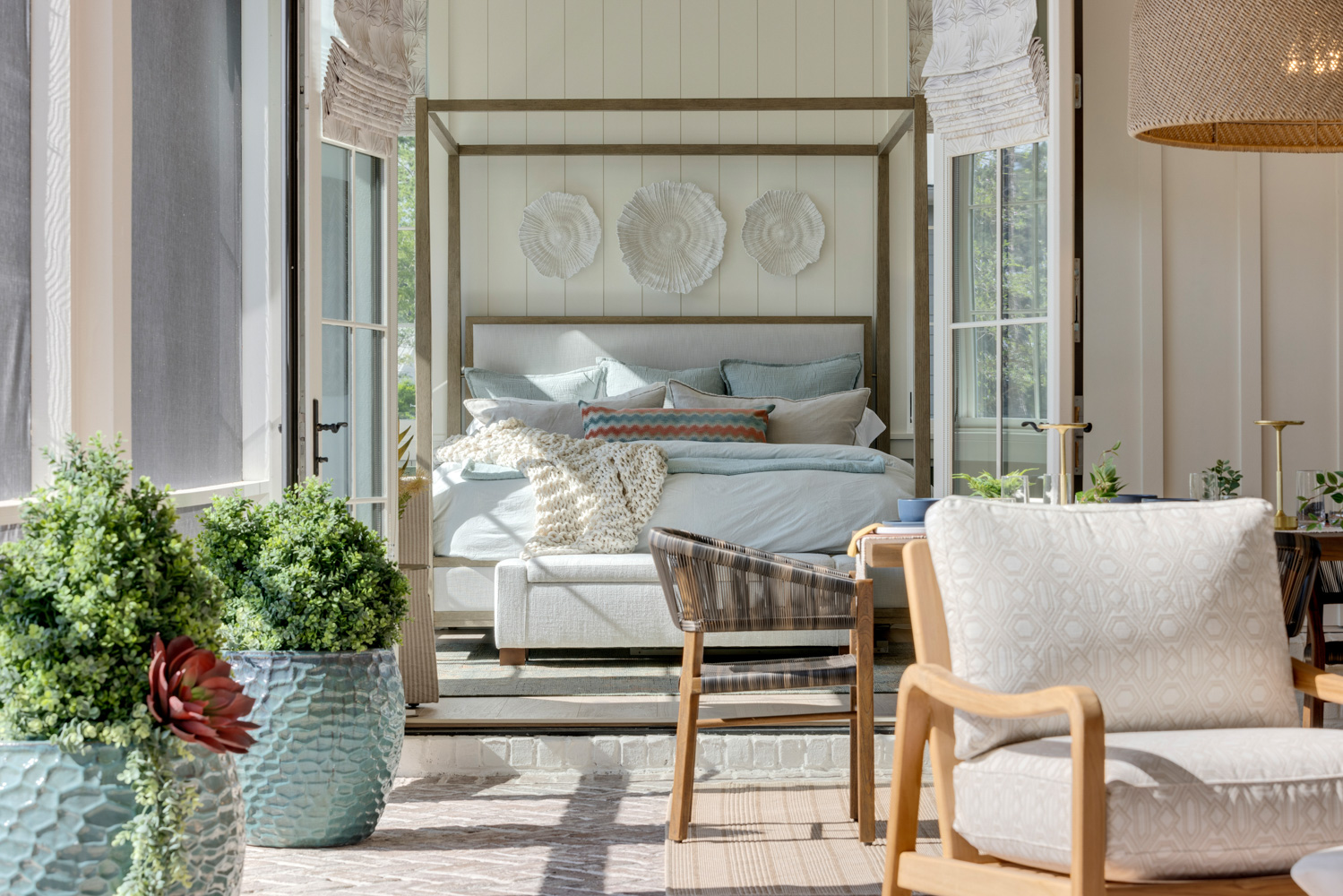
Tucked amid whispering pines and overlooking a tranquil water trail, 11 Lyonia Street is where Lowcountry charm meets modern artistry. The newly built residence redefines Southern living with a balance of craftsmanship and calm. This is a home that feels both ...
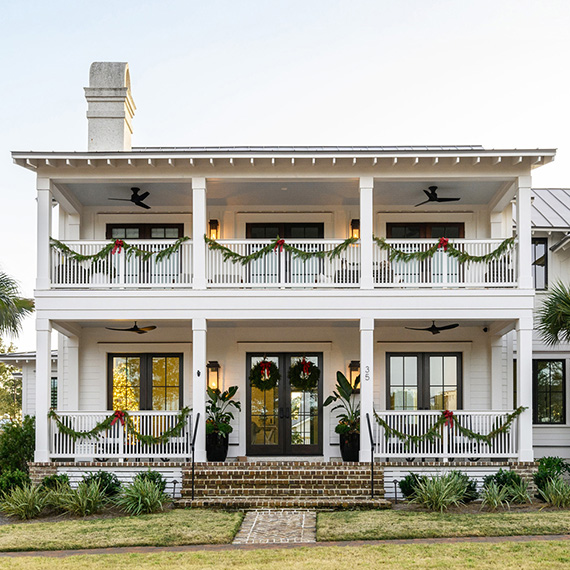
The holiday season in the Lowcountry brings crisp air, oaks draped in twinkling lights, and laughter drifting from homes where families and friends gather once again. At Palmetto Bluff, the holidays are more than just a season; they’re a feeling of togethernes...
Learn about the Palmetto Bluff Conservancy and how we keep the vision of our land in place.
On land or water, there is an ever-evolving variety of activities.
We do not attempt to independently verify the currency, completeness, accuracy or authenticity of the data contained herein. All area measurements and calculations are approximate and should be independently verified. Data may be subject to transcription and transmission errors. Accordingly, the data is provided on an “as is” “as available” basis only and may not reflect all real estate activity in the market”. © [2023] REsides, Inc. All rights reserved. Certain information contained herein is derived from information, which is the licensed property of, and copyrighted by, REsides, Inc.